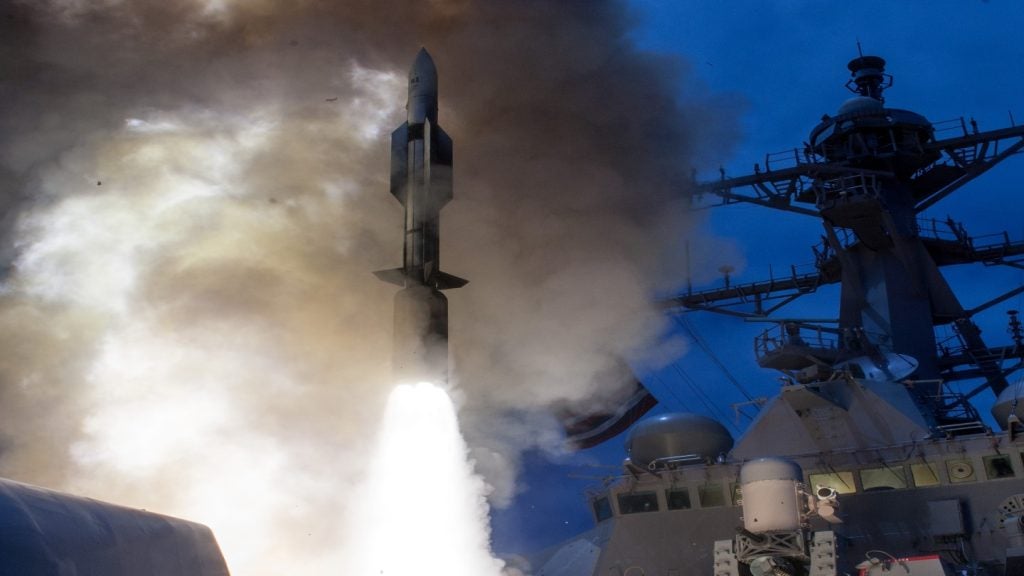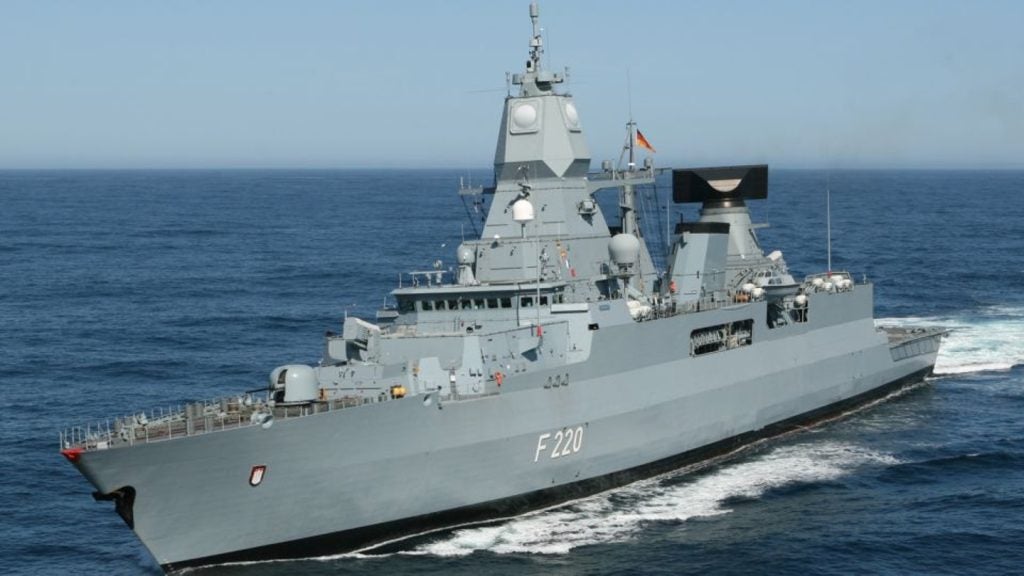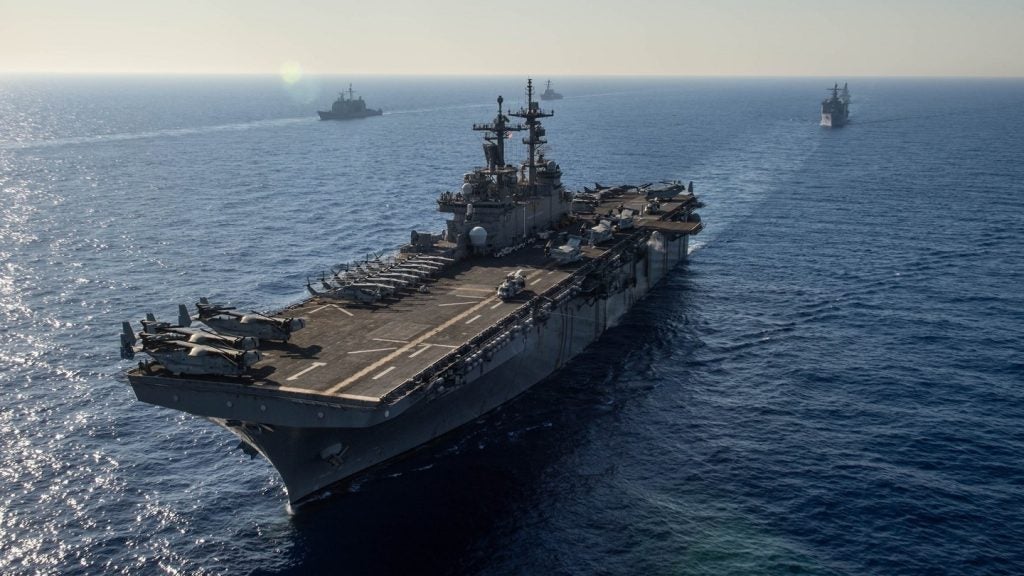Naval Group has signed an equipment subcontract with MTU Friedrichshafen for designing the diesel generator rectifier (DGR) on future Attack-class submarines being built for the Royal Australian Navy.
The contract represents the first major equipment subcontract for Australia’s Future Submarine Program, Australia’s Ministry of Defence stated.
Australia Defence Minister Christopher Pyne said: “I am very happy to announce that after a robust procurement process, MTU has been selected as the first major equipment subcontractor for the Attack-class submarine.
“MTU has committed to establishing the necessary industrial capability in Australia, to deliver and support the DGR, a key element of achieving the sovereign build, operation and sustainment of the Attack-class submarine.”
MTU will work with Penske Power Systems Australia during the contract’s design phase. The DGR will help convert mechanised energy into electricity.
Australia Defence Industry Minister Linda Reynolds said: “MTU will work with Penske during the design phase and will then grow Penske’s capacity in Australia. Importantly, this will transfer the technology and knowledge associated with this capability to Australia.
How well do you really know your competitors?
Access the most comprehensive Company Profiles on the market, powered by GlobalData. Save hours of research. Gain competitive edge.

Thank you!
Your download email will arrive shortly
Not ready to buy yet? Download a free sample
We are confident about the unique quality of our Company Profiles. However, we want you to make the most beneficial decision for your business, so we offer a free sample that you can download by submitting the below form
By GlobalData“The DGR subcontract is part of the government’s investment in the Attack-class submarine, part of the creation of a sovereign naval shipbuilding enterprise and the government’s continuous naval shipbuilding capability.”
Under the A$50bn ($35.42bn) future Attack-class submarine programme, Naval Group will help design and build 12 submarines for the Australian Navy.
The government signed a strategic partnering agreement (SPA) with Naval Group in February for the submarine programme.
After this, the parties signed the first phase of a design agreement. Under the A$605m contract, Naval Group will support the ongoing maturation of the Attack-class design into the next phase of development.
The vessels will be built at the Osborne shipyard in South Australia, with the lead ship expected to be delivered in the early 2030s.







